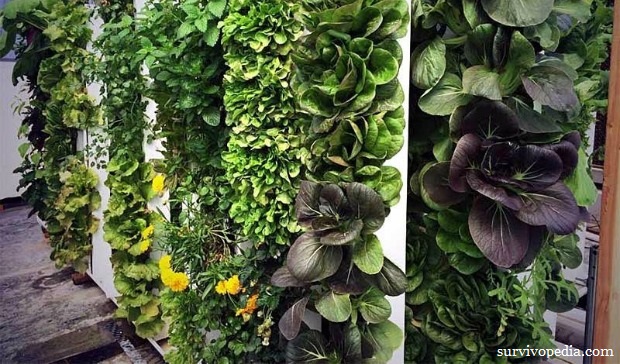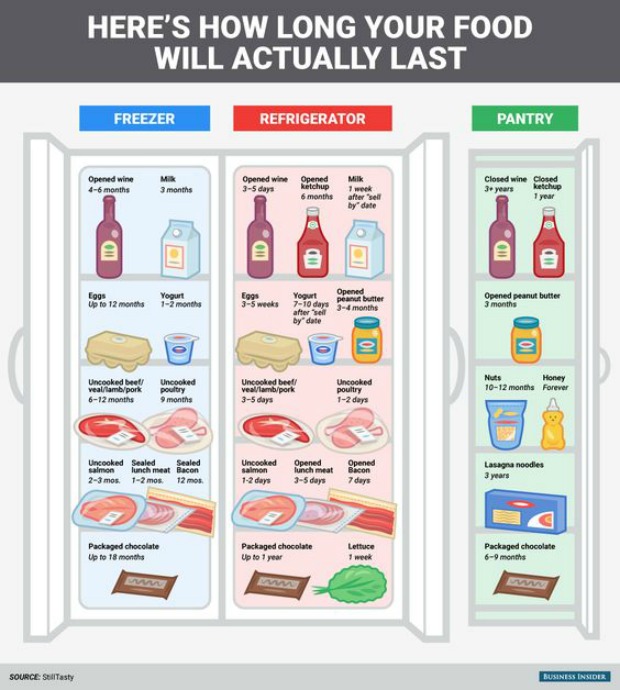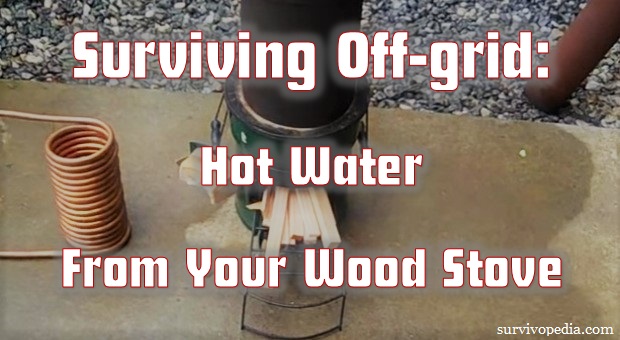Written by Pat Henry on The Prepper Journal.
There are many reasons why people start prepping. For me I had growing sense of the fragility of the social and economic fabric that weaves our daily systems together back in 2005. Call it a gut-check that was caused by impulses I am still not even aware of the source, but I felt an urge to take steps to protect my family. From what? From all manner of normal, everyday events and tragedies that affect people all over the world and have since the beginning of time. Fires, earthquakes, tornadoes, hurricanes, famine, disease, war, economic downturn, zombie invasion, pandemic, loss of a job, drought, flood. The list goes on and on but I began a journey back then that continues, almost without ending to this day to be prepared for just about anything that can happen.
Many of my other prepper friends though seem to have hinged their motivation for prepping on a political urgency. Their own reasons for prepping stemmed almost directly from the recent political climate and actions taken by one political party or another. The fear of regulations or rules coming down from an abusive, tyrannical despot drove them to prepare for a loss of rights, confiscation of firearms or riots in the streets. But after one election cycle, the urgency has waned for these preppers. The fear of gun confiscations is gone because one man left office and another woman failed to become his successor.
Now, instead of burning up the comments on many of the more popular prepping blogs out there calling for everyone to take steps now, it seems that so many preppers who were in full swing a year or two ago have relaxed and stopped worrying about the need to prepare. Has this happened to you?
When you stop prepping
Now don’t get me wrong, my urgency to prepare has highs and lows and I have myself gone through periods where I prepare with more vigor than other times. This can be for a lot of reasons. For some preps, I spend a little more money and if the finances aren’t where I’d like them, I scale back. The months before Tax Day usually slow things down in that respect. Other times, when I do have the finances and want to purchase some prepping supplies, I go after it a little more enthusiastically. Sales have a great way of motivating me too.
But the difference is that I have never felt in the entire time I have been prepping, that everything is OK. That I don’t have anything to worry about and all that was wrong in the world has been repaired. Never. Not even once. Perhaps some of that boils down to what I think some of the major problems are and what I am more concerned with. After the basic level of preparedness for life’s curve-balls, my big worry is economic collapse. That to me is the big one to get concerned about because trigger reasons aside, if that happens, we could easily see rioting, disease, mass death, wars, etc.
Additionally, I have been slack in some of my every day preparedness occasionally and I end up smacking myself for letting my diligence slip. For example, we recently completed a trip out-of-state to see family. We didn’t take my vehicle which has a pretty complete vehicle survival kit and a lot of other supplies that would enable us to survive for a good while with nothing else. Instead we had my wife’s vehicle, which is less stocked. Usually, I would move everything over as I packed and make sure we were covered. This time I was lazy and although nothing happened to us on the road, I thought about the lack of supplies the entire trip. Some days I leave the house without my concealed carry weapon and I worry that this will be the day when I find out I needed it. Fortunately, that has never happened.

Now is not the time to let your guard down
These are minor fluctuations that happen to everyone based upon life. I haven’t abandoned my other preps and I will redouble my efforts on my next out-of-town trip so that I am more prepared for whatever life throws my way.
But some people think that just because one person won an election, that the need to prepare is lessened, if not removed altogether. For those people who were prepping solely because of the political environment they saw as a threat, the words coming from the new boss are different, more aligned to what they believe, their own principles and morals – so the urgency has gone away.
Now is not the time to let your guard down
I wrote a post back in 2013 titled Misplaced Hope: The Futility in Picking Sides Politically where I basically said my own personal belief is that it does not matter who is in charge politically in the grand scheme of things. Our government isn’t truly representative anymore and your interests are not placed above the interests of those in power. This doesn’t change really no matter which side is in power so believing that just because one side wins all your problems are solved is folly. Your mileage may vary.
To those preppers who think that now since the last election, our economic issues are over, that government will stop spying on people, that your freedom will increase, that the world as a whole will be a better place and people will start to reason and get along. Those who think we will never have conflict with another country, that our health and prosperity will continue forever… You’ve got to get your head out of the sand. The man behind the podium doesn’t control the economy, the banks do. The Deep State doesn’t care who is in power because they don’t have to answer to anyone and besides, you freely give your privacy away to any one of dozens of companies already.

Prepping is a Marathon, not a sprint
I could go on, but the point I am trying to make is that you shouldn’t stop prepping because your team won the last big game. Things can change and one election doesn’t alter the course of history typically. I maintain, that each of us should keep our heads down, our eyes peeled and continue to prepare. Maybe you spend less time arguing with people on Facebook, but your journey to preparedness shouldn’t stop because you think the reasons you had for prepping have gone away. Elections happen every 4 years and even outside of that, major events happen that change things in ways you could never have imagined. Look at 9/11 and what that did to our view of the world and outlook on many things. Surprises do still happen.
So to all the preppers who stopped and all the new preppers from the other side who are just as worried now as some of us were before November 8th and who are now prepping with an urgency many on this side have lost – don’t let your guard down! We should be prepared for anything. Don’t let what is happening in the media from day-to-day dictate whether or not you are taking steps to protect your family. Look at the larger picture, to history and keep making strides day by day to learn new skills, to set aside food and water, to get in shape and obtain training you could need one day.
Prepping is a Marathon, not a sprint and the race is far from over.
The post Preppers: Now Is Not the Time to Let Your Guard Down appeared first on The Prepper Journal.
from The Prepper Journal
Don't forget to visit the store and pick up some gear at The COR Outfitters. How prepared are you for emergencies?
#SurvivalFirestarter #SurvivalBugOutBackpack #PrepperSurvivalPack #SHTFGear #SHTFBag


























 You’re out on a ride on a lonely backroad, thirty miles from home, and it starts pouring rain. Ideally, the best option would be to pull over and wait it out.
You’re out on a ride on a lonely backroad, thirty miles from home, and it starts pouring rain. Ideally, the best option would be to pull over and wait it out.

